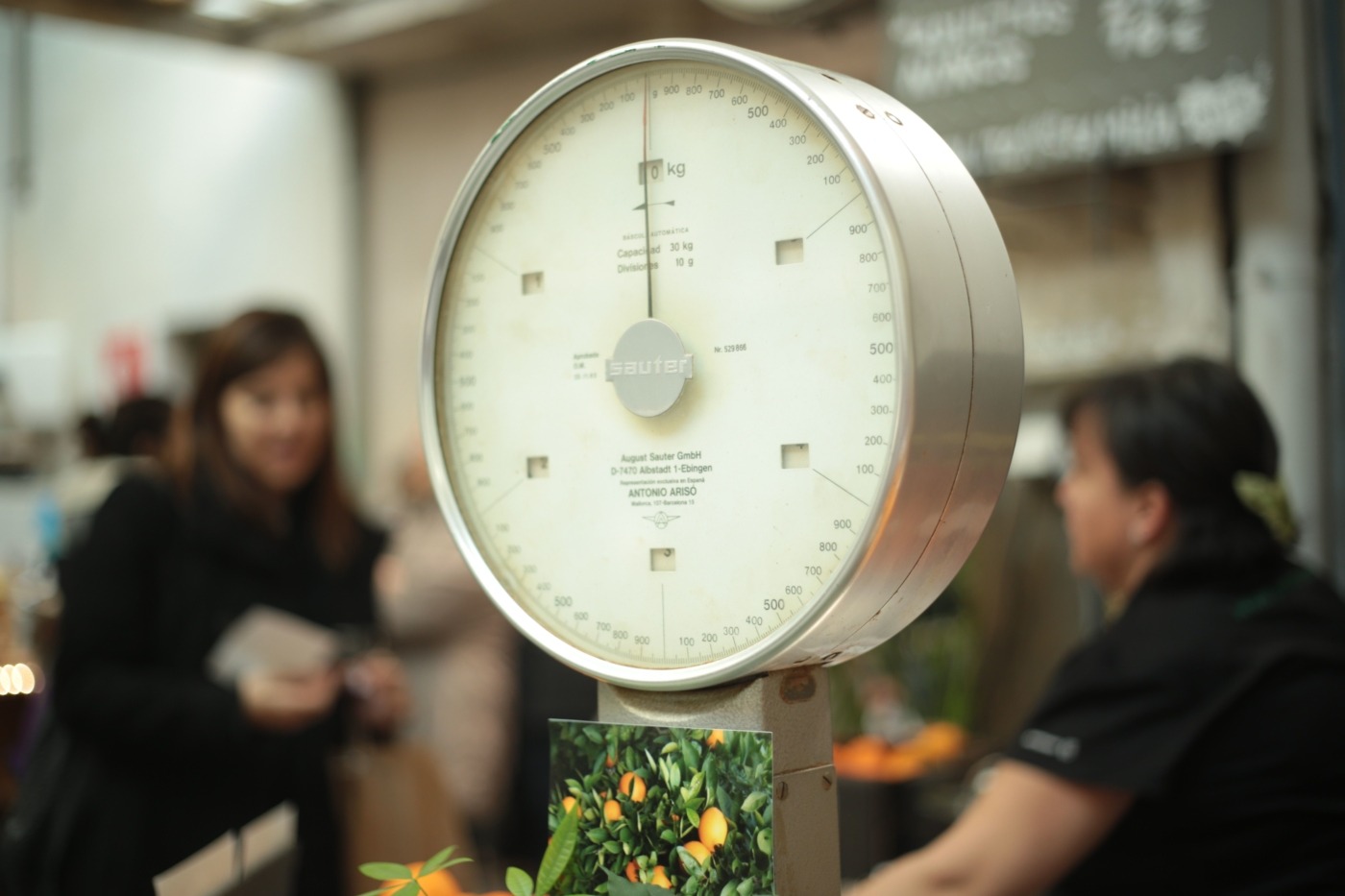Redefining the kilogram
If I asked you to define a kilogram, you might say ‘it’s about the weight of a bag of sugar,’ or you might bring me a 1kg dumbbell, and that’s fine but, let’s be fair, it’s not exactly concrete. Fortunately, scientists have finally come up with an answer that is both universal and absolutely consistent. A definition in terms of one of the universe’s fundamental constants: Planck’s constant.
Since the 1880s, the kilogram has been defined by a block of metal in a vault in France, the International Prototype Kilogram, known as the Big K (or Le Grand K). This single block has since had several copies made over the years and sent all over the world to be used as reference values, used to calibrate scales and keep everything consistent across the globe. The only problem with that was that the block itself was getting lighter, losing about 50 micrograms since its creation. And since the Big K always has to be a kilogram by its very definition, that means that when the Big K changes, everything else has to change with it.
It also means that through a long chain of calibration, it’s very easy for scales to be way off. Take the scales in your kitchen, they had to be calibrated in terms of another set of scales, which in turn had to calibrated in terms of yet another set of scales and so on, until you get back to the Big K. But thanks to the new system, every set of scales can be calibrated individually, totally independent of every other set of scales in existence.
Since the 1880s, the kilogram has been defined by a block of metal in a vault in France, the International Prototype Kilogram
So, what is this new system? Well, the new definition is made in terms of Planck’s constant (equal to 6.62607015 x 10^-34 m^2kg/s). This precise value has been the focus of years of work, making sure the measurement is as accurate as it can possibly be such that it can be fixed, to the tiniest margin of error. Not an easy feat considering the 33 zeroes that come before any actual numbers.
This major accomplishment has been made possible using a large piece of equipment called the Kibble Balance, named after British physicist Brian Kibble, which uses an electromagnet to measure weight rather than another, known weight. Think of it as a good old seesaw, just with a big magnet pulling down one end to balance an object on the other. By using an electromagnet, which generates a magnetic force using a current, scientists are able to equate gravitational potential energy to electrical energy using Lorentz’s and Newton’s Laws, then bringing in Planck’s constant through quantum mechanics to define the mass.
The new definition is made in terms of Planck’s constant (equal to 6.62607015 x 10^-34 m^2kg/s)
That all sounds very complicated, certainly a lot more complicated than just having a block of metal to compare everything to, and it is don’t get me wrong, but the implications of bringing in this new system are huge. As of May 2019, anyone can check their weights, without the need for an almost sacred block of metal. Any factory can have their very own Kibble Balance and can do all their own measurements. Not only will this change make everything more accurate, but it will save a lot of time too.
But it is also an achievement from a more philosophical perspective. Every measurement we use is defined in terms of SI units, the base units of everything we do. And now, with this redefinition of the kilogram, every one of those SI units are defined in terms of fundamental constants of the universe; they are no longer up for debate, everything is fixed, no matter where you are in the universe, and doesn’t that just make the world feel that little bit more secure?

Comments
Comments are closed here.